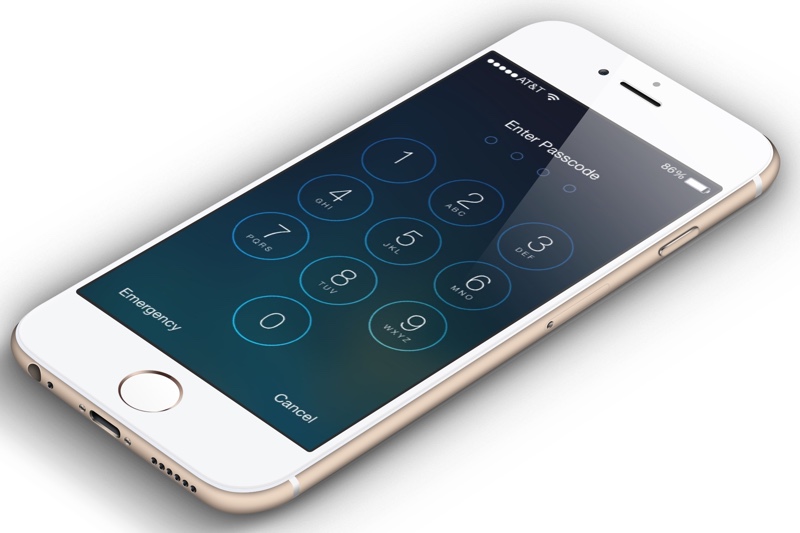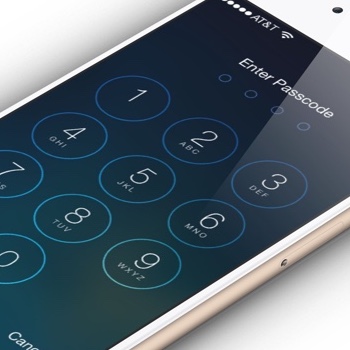It’s been a great mystery to me why on seemingly random mornings, I occasionally have to enter my passcode to unlock my iPhone 6s Plus, instead of being able to use Touch ID. Now I know why…

Apple has quietly added a new requirement to its iOS Security Guide list of when your Touch ID enabled device might ask for the passcode to unlock. While the new entry was reportedly added earlier this month, I’ve actually been seeing this for quite awhile…
First spotted by MacWorld, the new bullet point is highlighted in bold and italics below.
To use Touch ID, users must set up their device so that a passcode is required to unlock it. When Touch ID scans and recognizes an enrolled fingerprint, the device unlocks without asking for the device passcode. The passcode can always be used instead of Touch ID, and it’s still required under the following circumstances:
- The device has just been turned on or restarted.
- The device has not been unlocked for more than 48 hours.
- The passcode has not been used to unlock the device in the last six days and TouchID has not unlocked the device in the last eight hours.
- The device has received a remote lock command.
- After five unsuccessful attempts to match a fingerprint.
- When setting up or enrolling new fingers with Touch ID.
Each time a user uses Touch ID to unlock their device, a new eight-hour timer begins to countdown until the passcode is once again required. This means if you get a solid eight hours or more of sleep, you’ll be needing to unlock your device using the passcode. (Makes sense. I usually see this on the weekend, when I do get eight hours or more of sack time.)
While Apple hasn’t officially explained the reasoning behind the change, some speculate it could be due to recent court rulings that say while a suspect can’t be forced to unlock their device using a passcode, they can be compelled to provide their fingerprint to unlock it.
The change in the Touch ID locking behavior could add more urgency in cases where law enforcement wants access to an iPhone, giving them only a small window of time to obtain an order to compel the suspect to place their finger on the Touch ID sensor.


